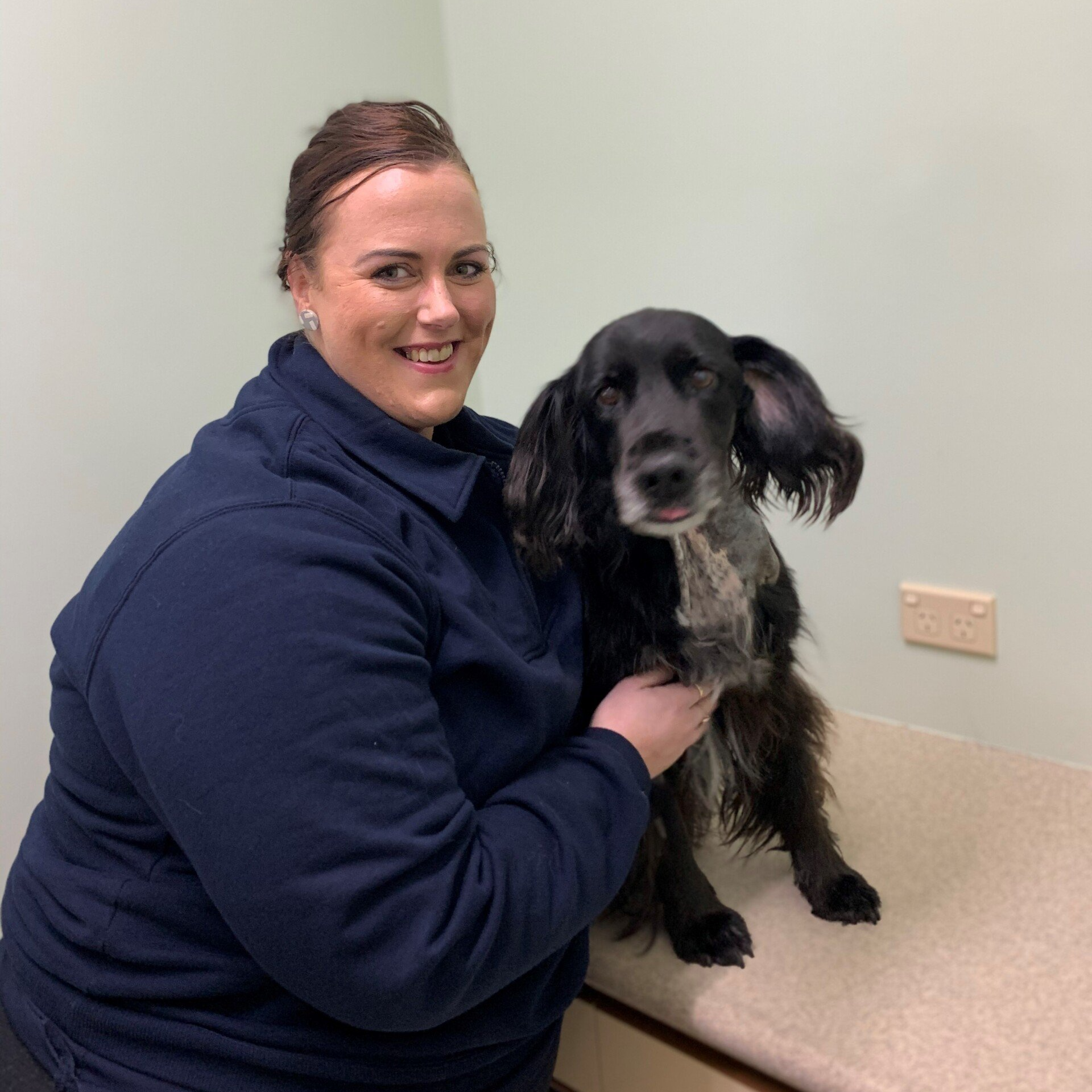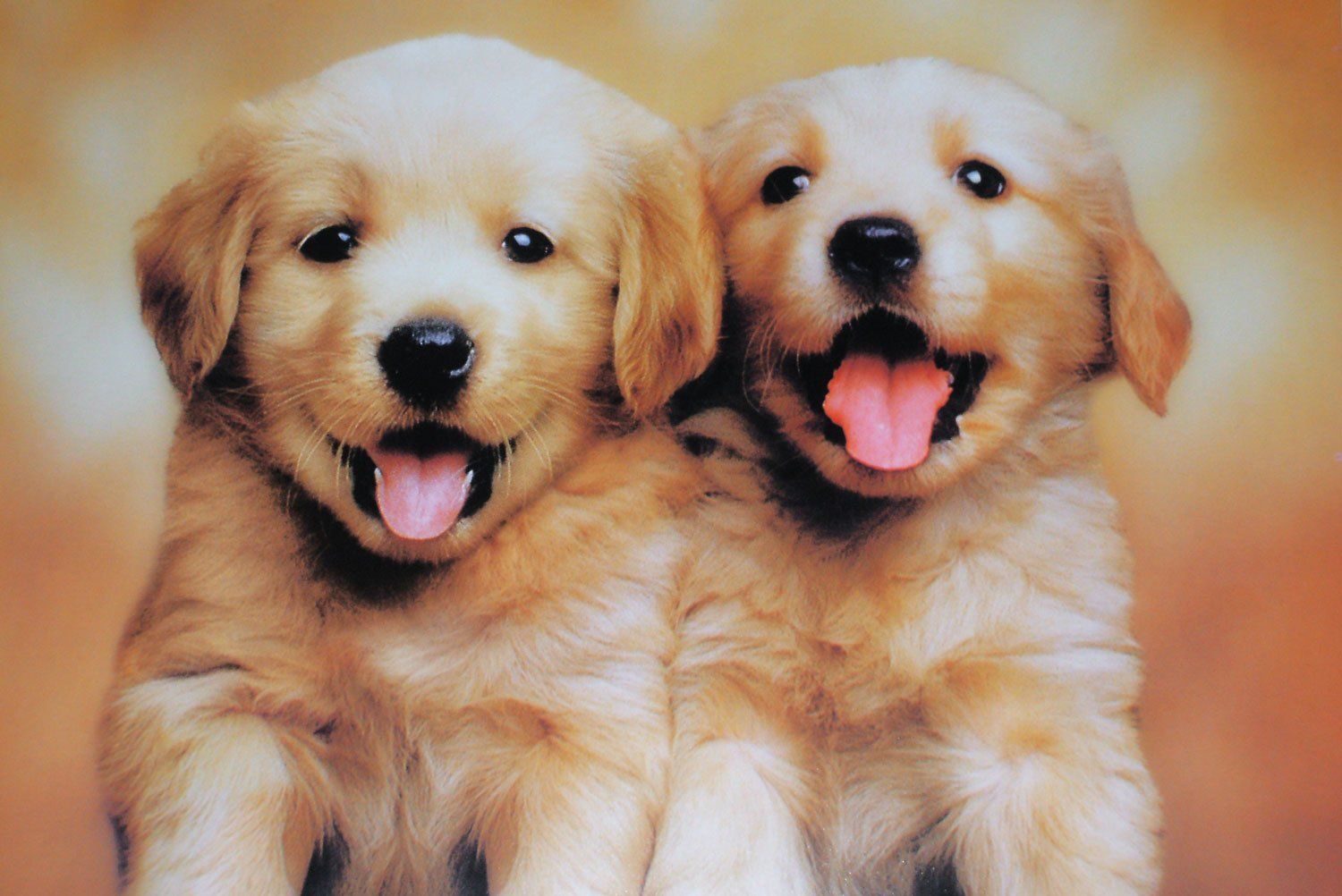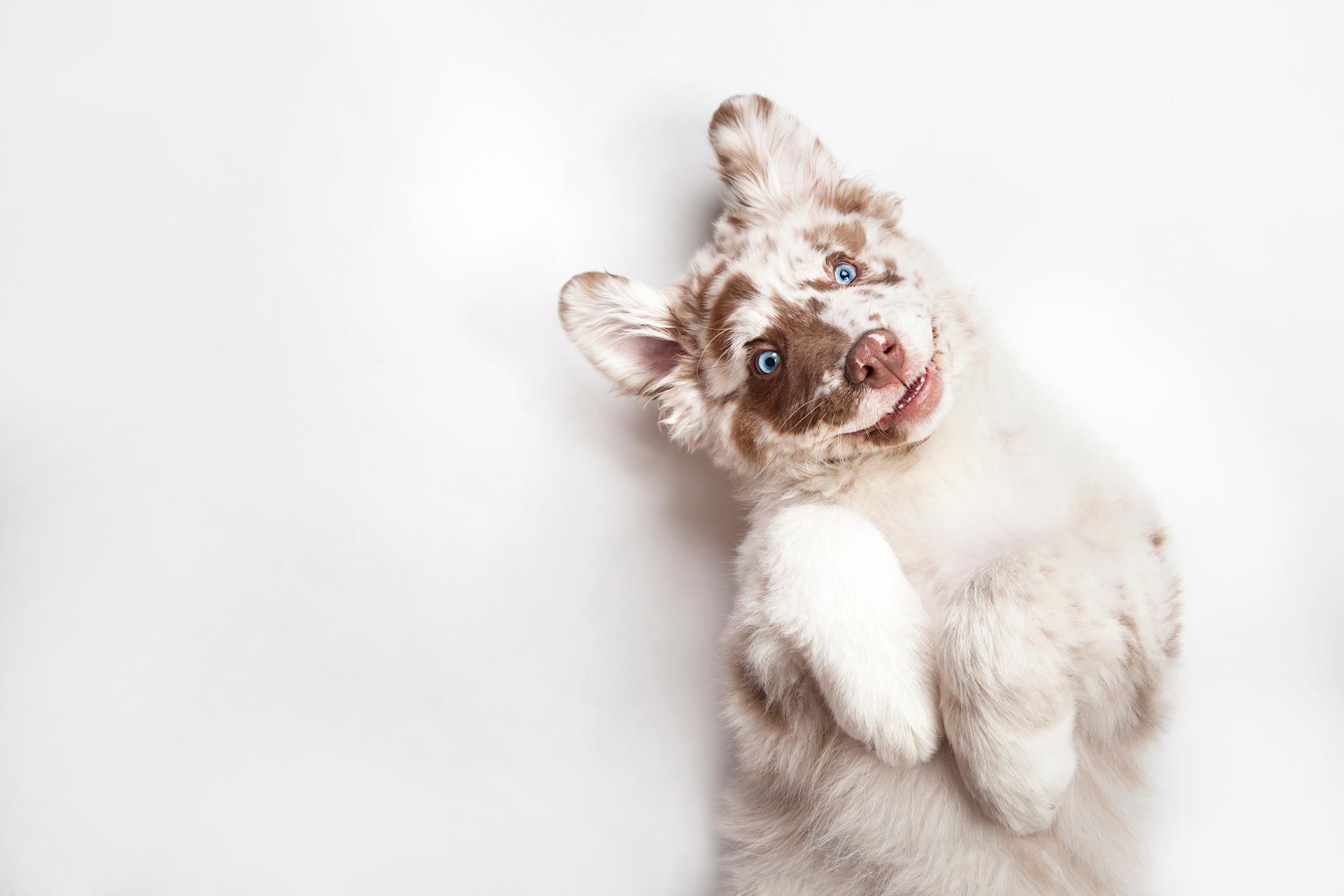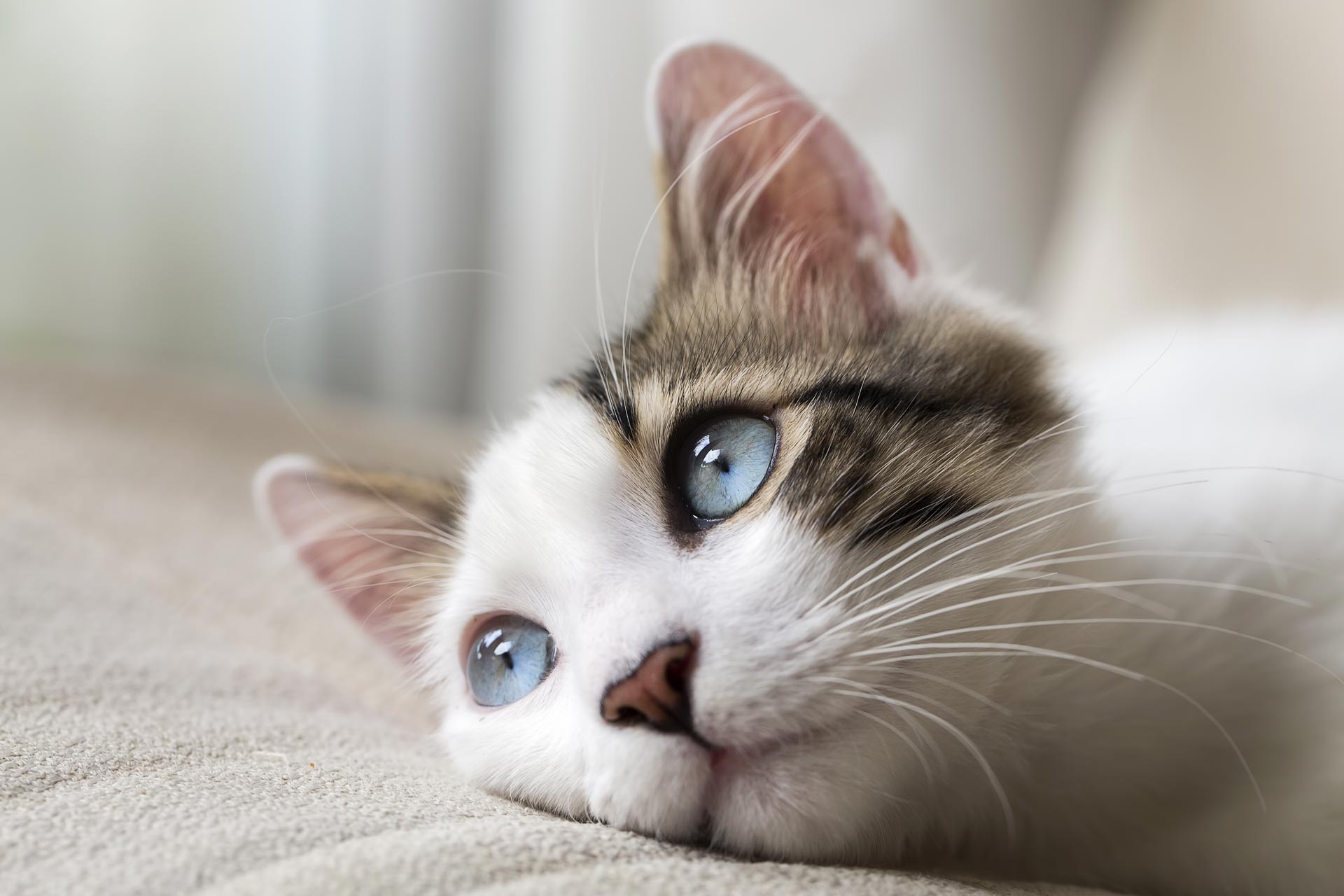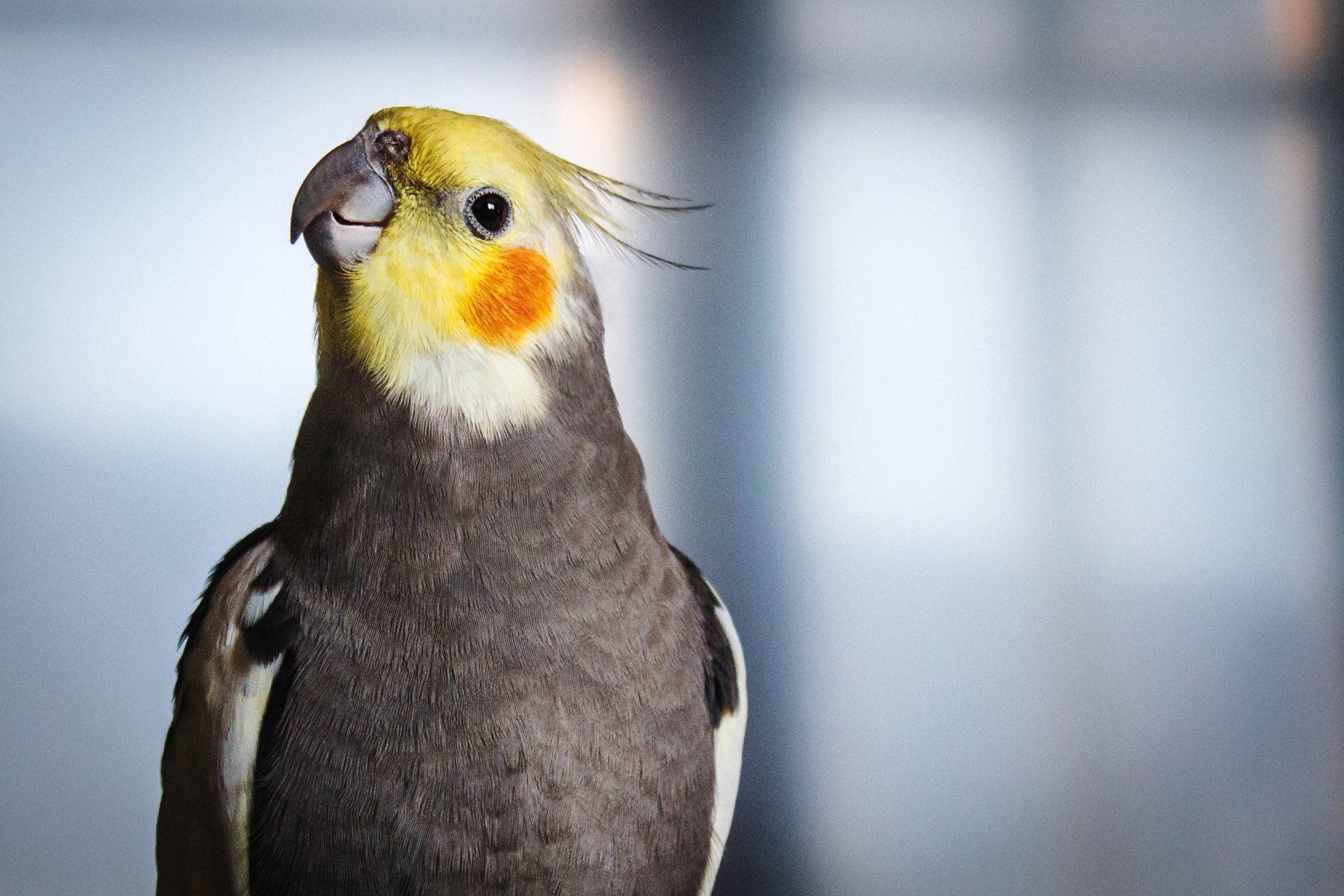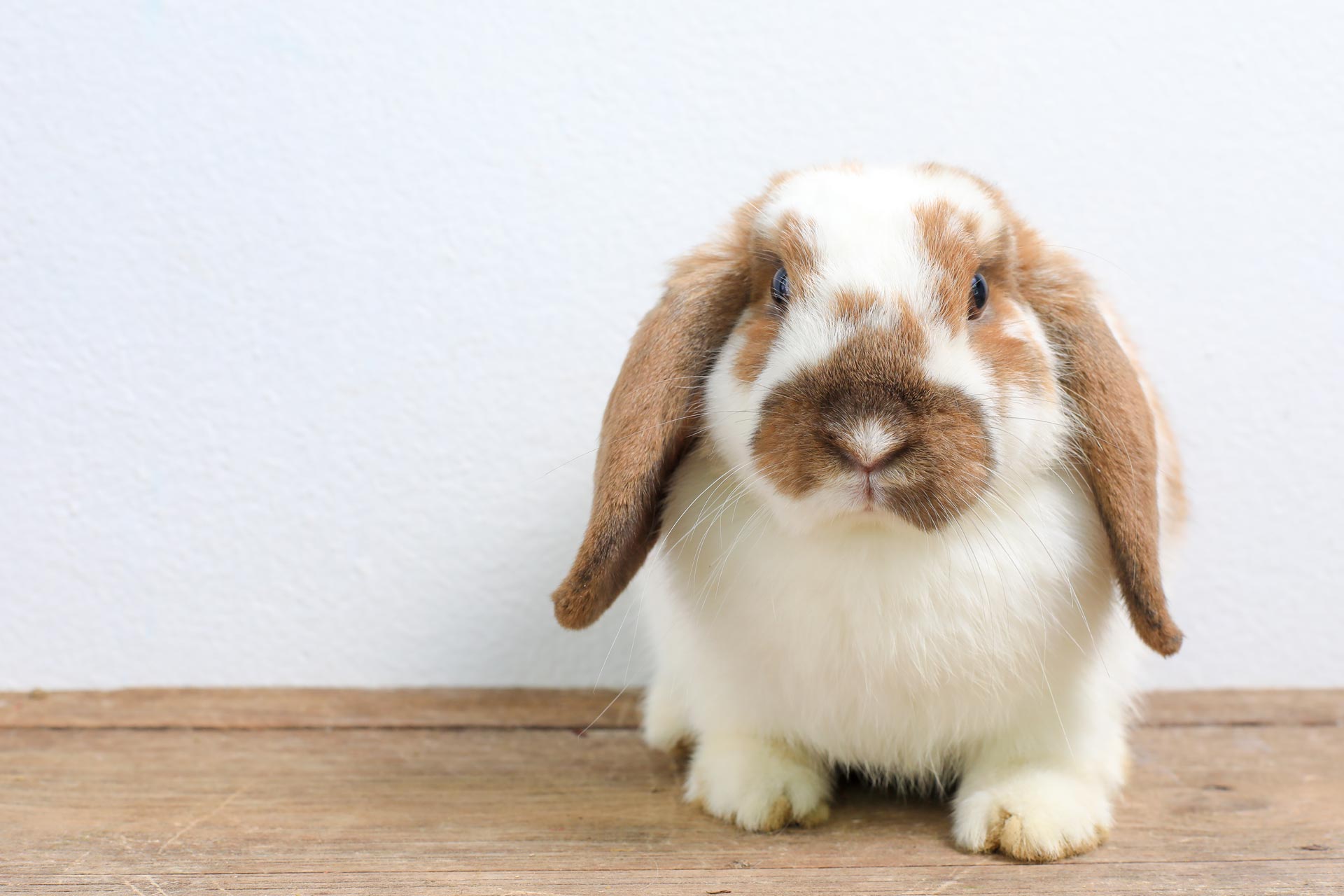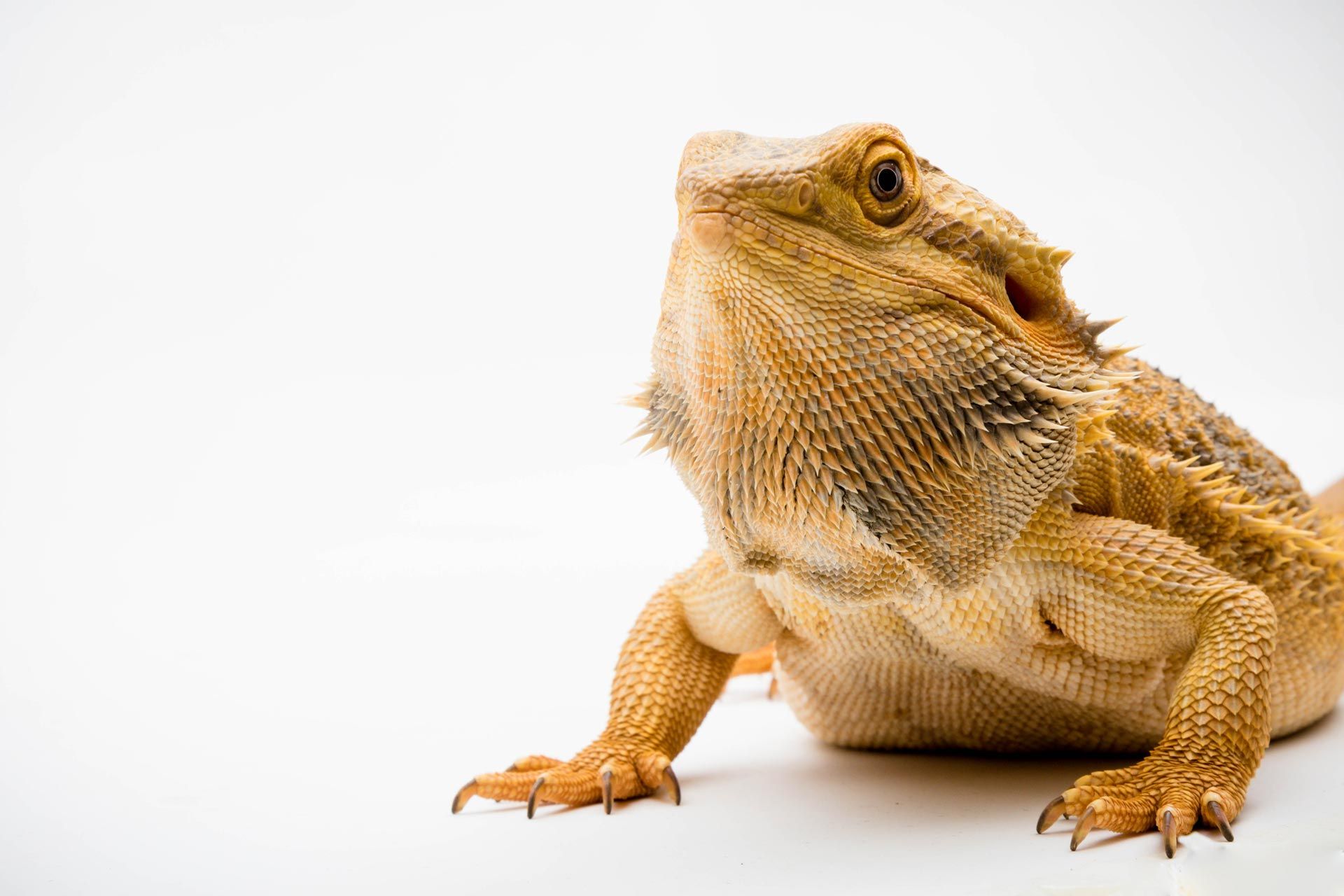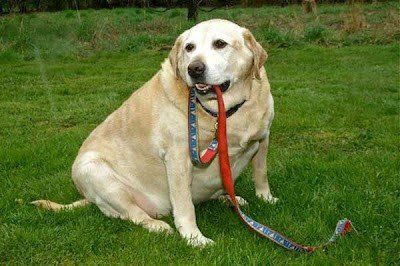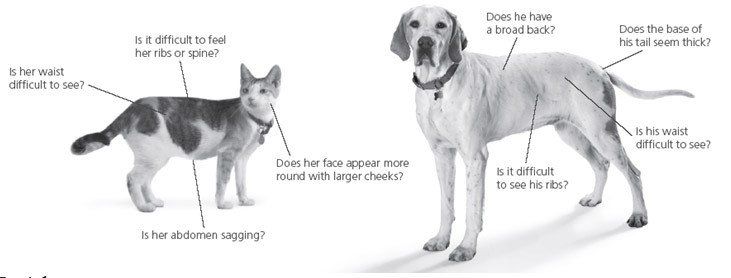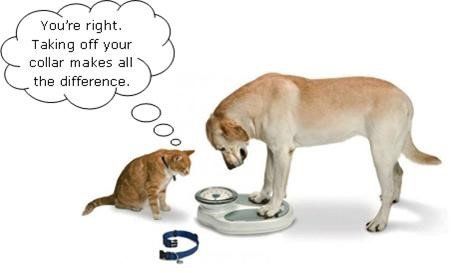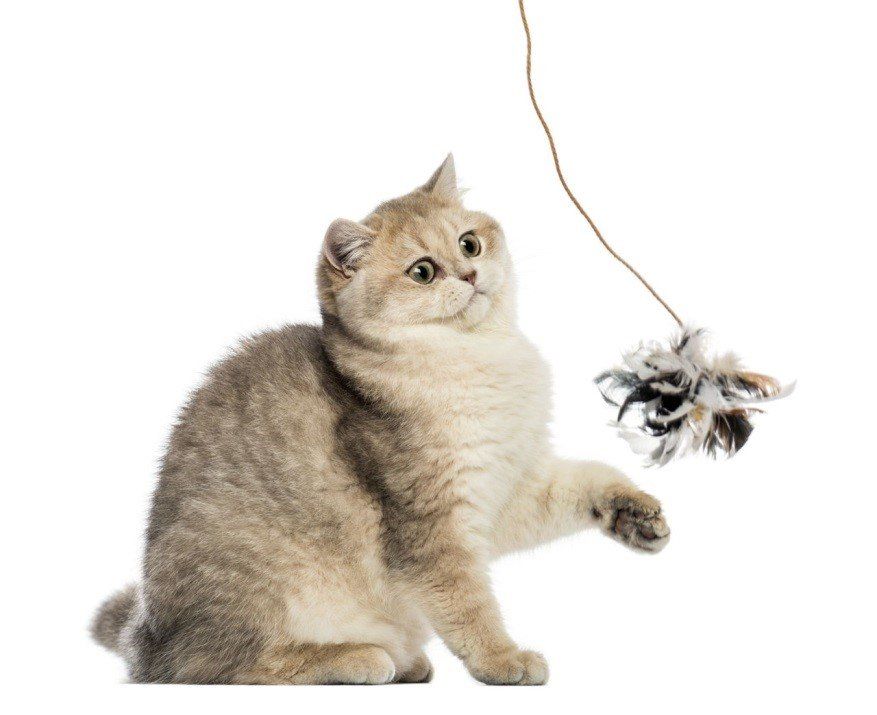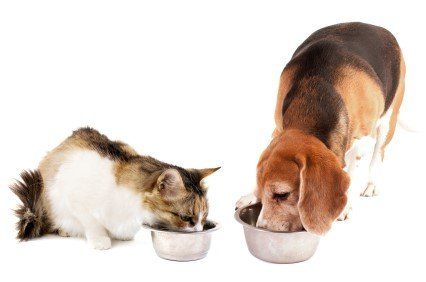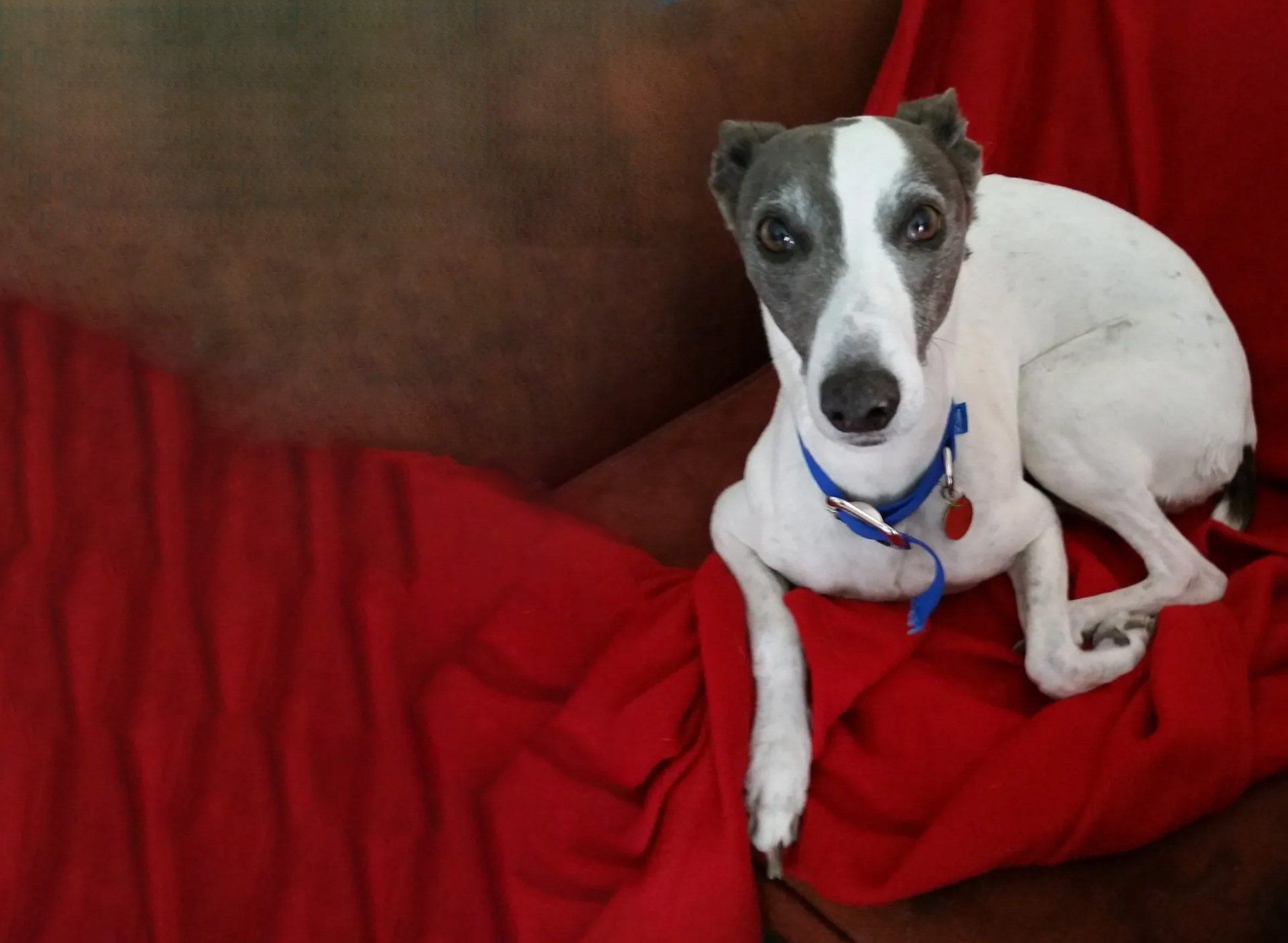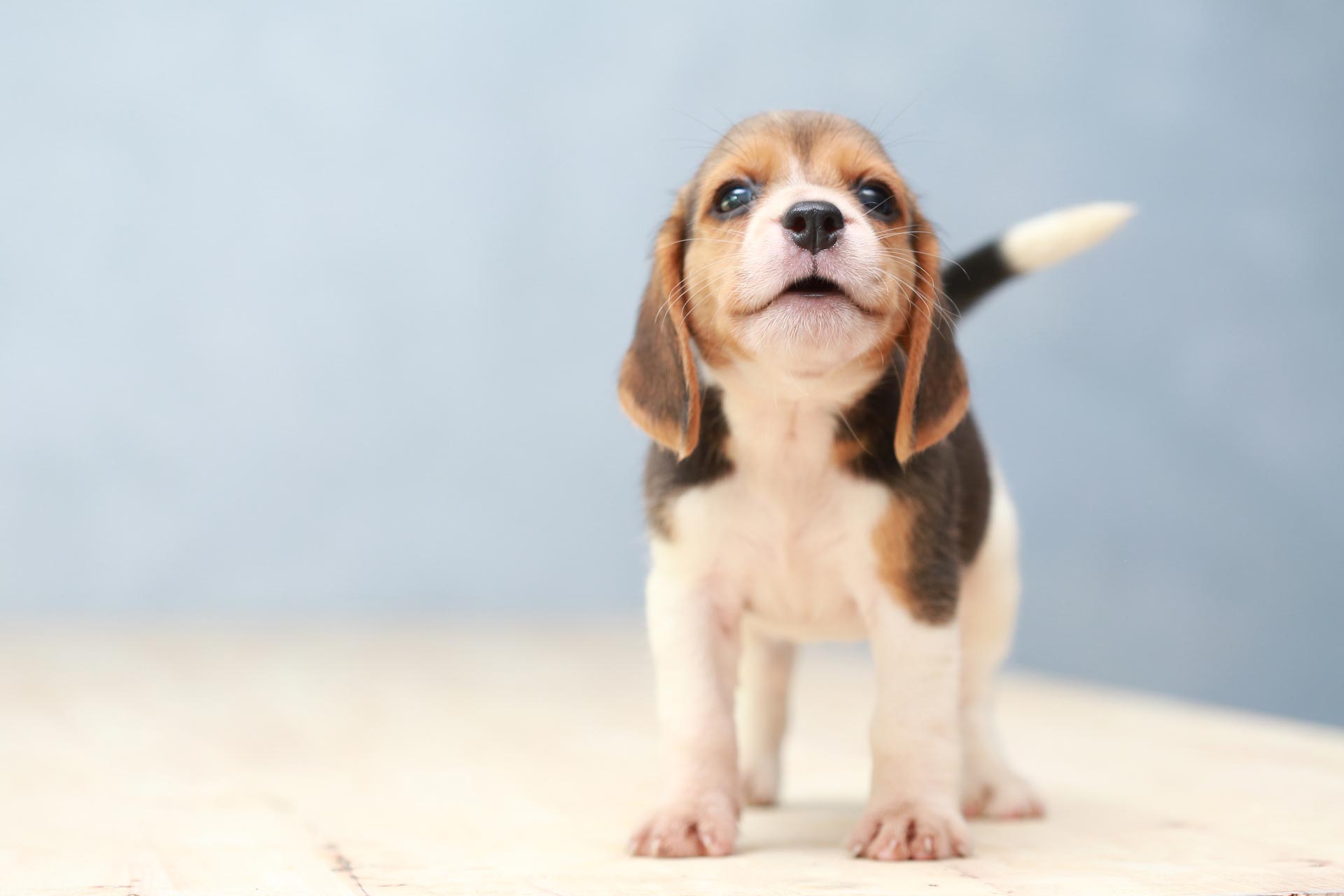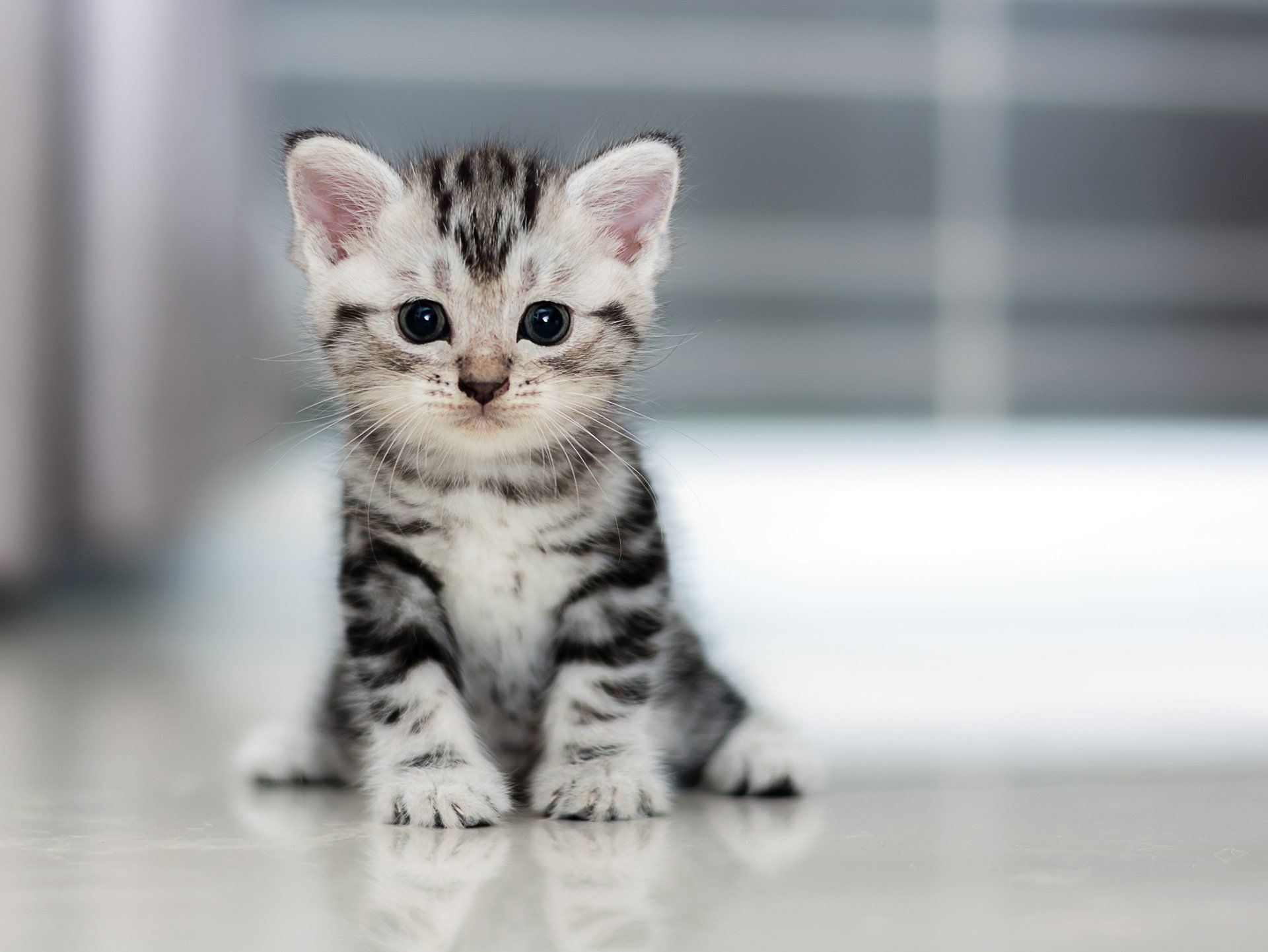Obesity in Cats and Dogs
Obesity is a common problem in our cats and dogs and it is preventable. We all like to spoil our furry family members, but it is important to consider their health, and provide them with a complete and balanced diet, as well as regular exercise.
What is obesity?
Obesity is the accumulation of excessive amounts of fat. Most commonly due to food intake that exceeds the energy they are expending.
·Certain diseases and medications can also be a reason for weight gain.
Once an animal becomes obese, it can be difficult for them to return to a normal body weight. If you are concerned, it is important to discuss this with your Vet as soon as possible.
Is my pet overweight?
It is important to monitor your pet’s weight and body condition. Animals are considered overweight when they are 10-20% above their ideal body weight and obese if greater than 20% above.
Some important features of a healthy body condition include:
- Ribs and backbone are easily felt, but not visible.
- They have a clear waist as seen from above and from the side.
Does being obese harm your pet?
Obesity can lead to a reduced lifespan and poorer quality of life. Obesity leads to exercise intolerance and lethargy, and can also increase the incidence of many diseases i.e. Osteoarthritis, Pancreatitis, Heart failure, Liver disorders, airway constriction and tracheal collapse, skin conditions and heat stroke.
Managing and preventing obesity
Weight loss
- Any underlying medical conditions should be diagnosed by your Veterinarian and considered before changing diets or reducing food intake.
- It is important that weight loss programs are carried out under the close supervision of a Veterinarian.
- It is crucial that weight loss is gradual. Starvation, or a sudden reduction in food intake, forces the body to move large amounts of fat into the liver for conversion to energy in place of energy from food. This leads to a build-up of fat in the liver, known as hepatic lipidosis, which can interfere with the normal functioning of this important organ.
It is important to avoid malnutrition and obesity in growing puppies and kittens. Obesity as a puppy or kitten can lead to difficulty in maintaining a health body weight in adulthood.
Activities and Exercise
Regular physical activity is important for a healthy pet. All pets need to engage in daily activities, which not only provide exercise, but also mental stimulation.
- For cats this can involve chasing toys, leash walking.
- For dogs, there are a variety of activities, from walking or running, to chasing a ball, agility training and swimming.
Diet and Treats
The best nutrition is a premium quality commercial food, which provides a complete and balanced diet.
- Pets that are fed human foods and table scraps are at a higher risk of developing obesity, along with other disorders such as pancreatitis and allergies.
- For cats that are given food ad lib, measure out the daily amount, then divide this it into 2-4 smaller meals throughout the day.
It is important to discuss with your Veterinarian the most suitable diet for your pet’s energy requirements, breed, age and any underlying diseases, and refer to the specific feeding guideline label on their food.
Pets love treats and they are very useful training aids. However:
- Some common dog treats are packed with energy. Other options include feeding their usual dry diet as treats, or pieces of raw vegetables such as carrots.
